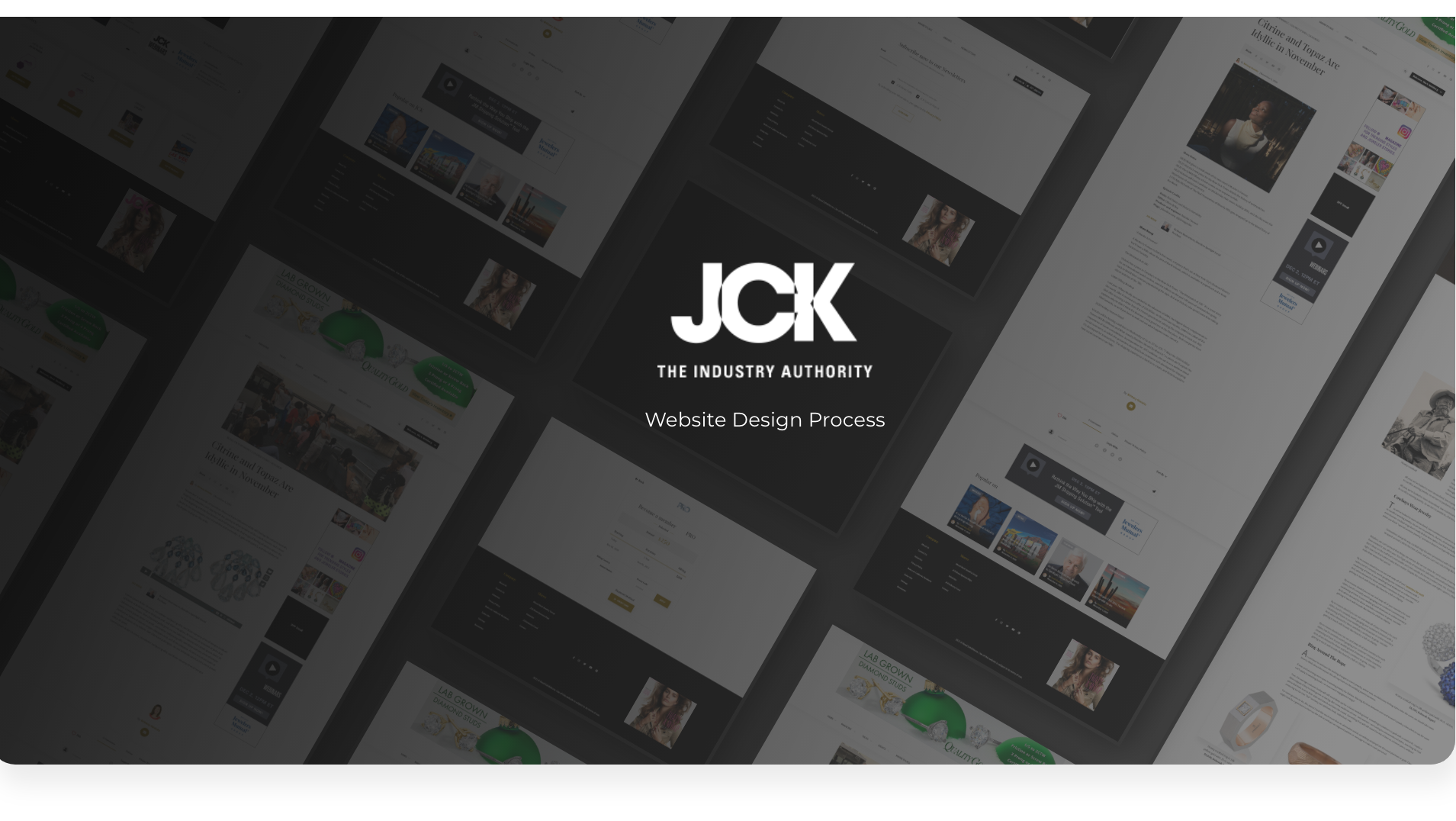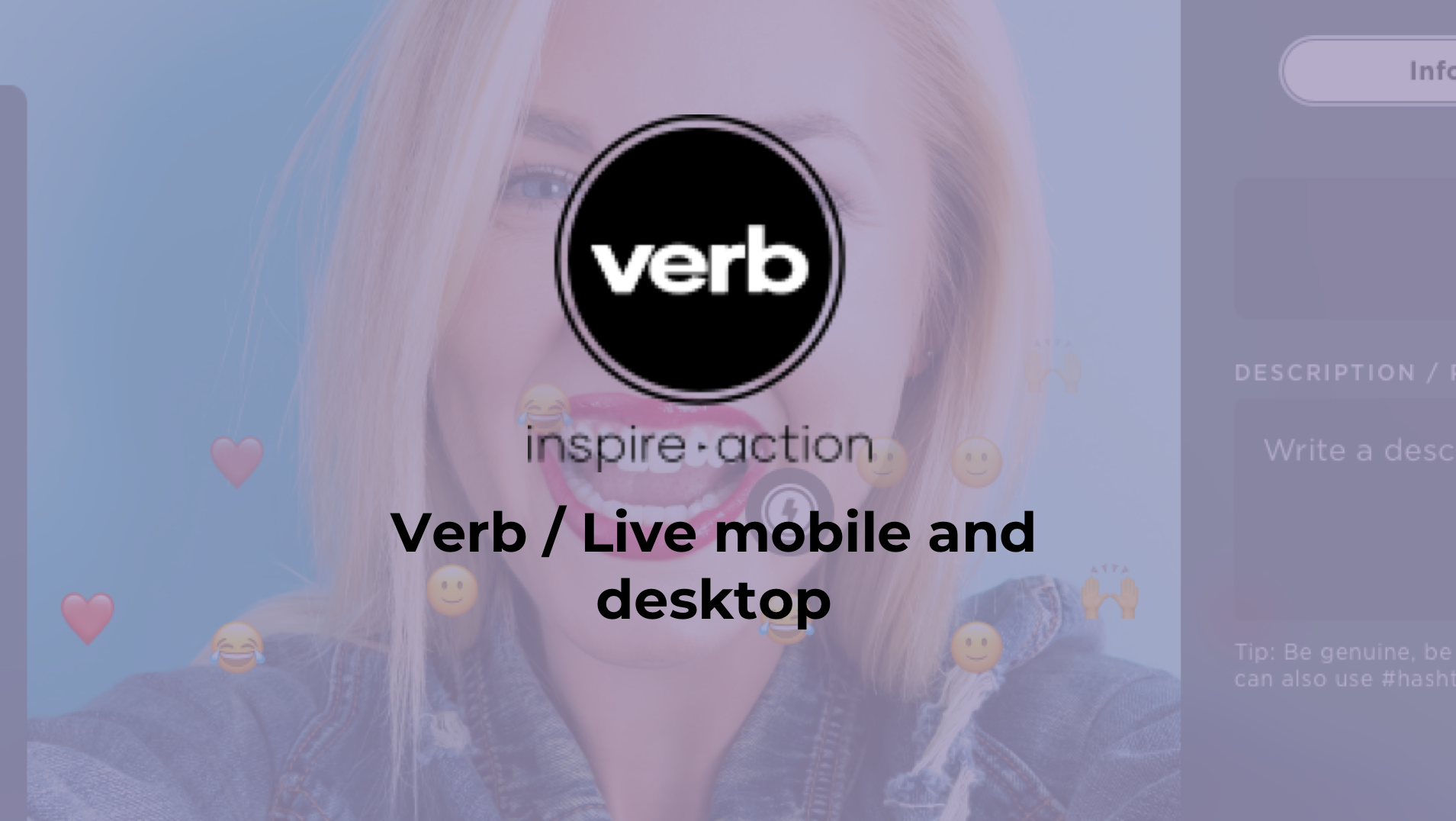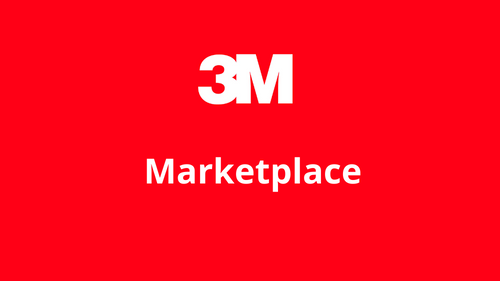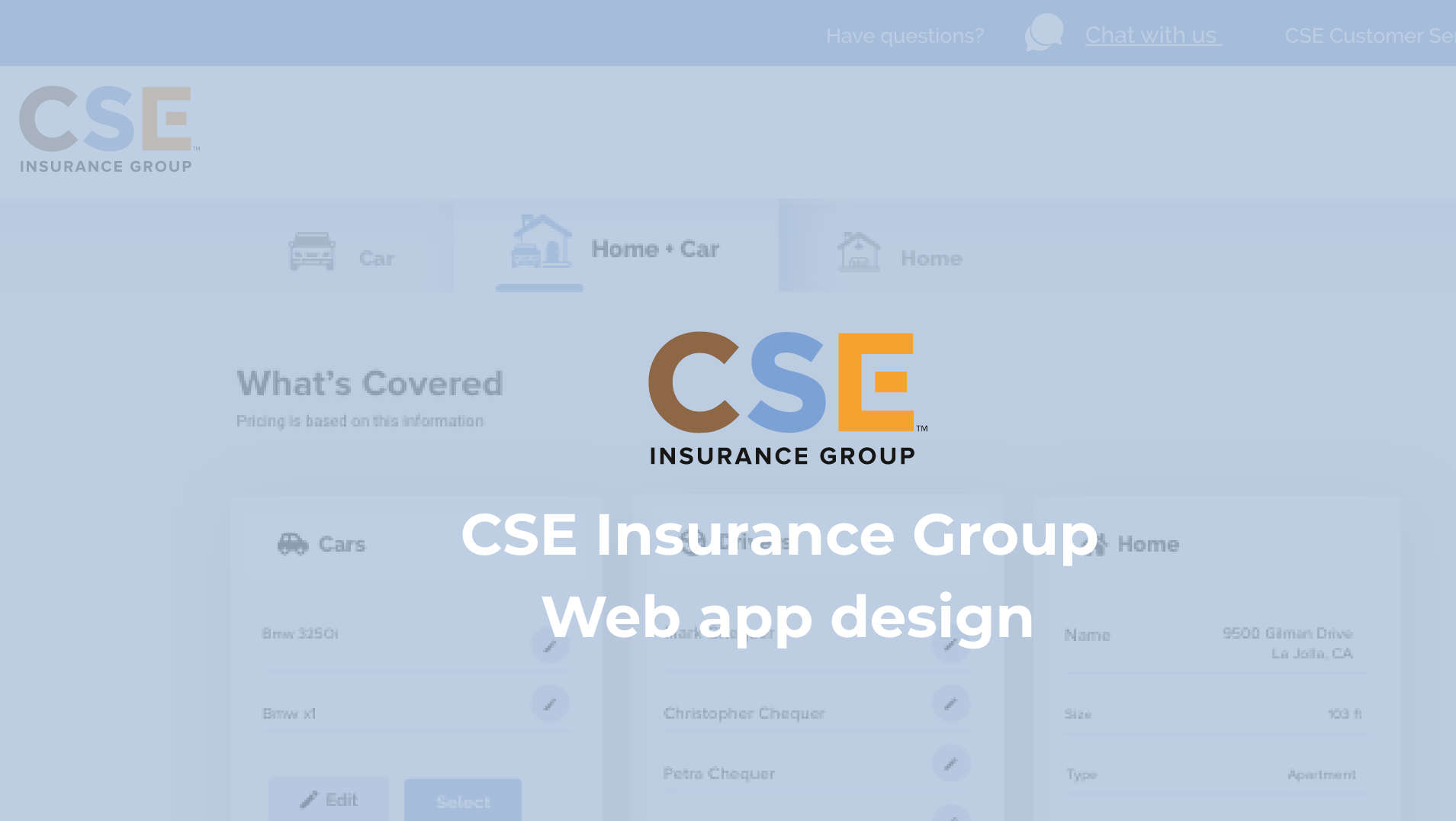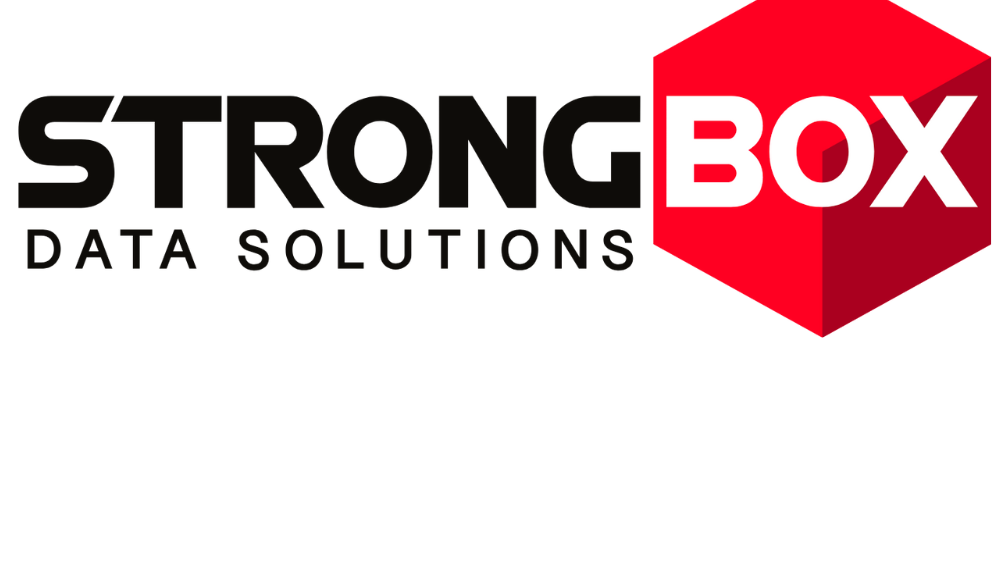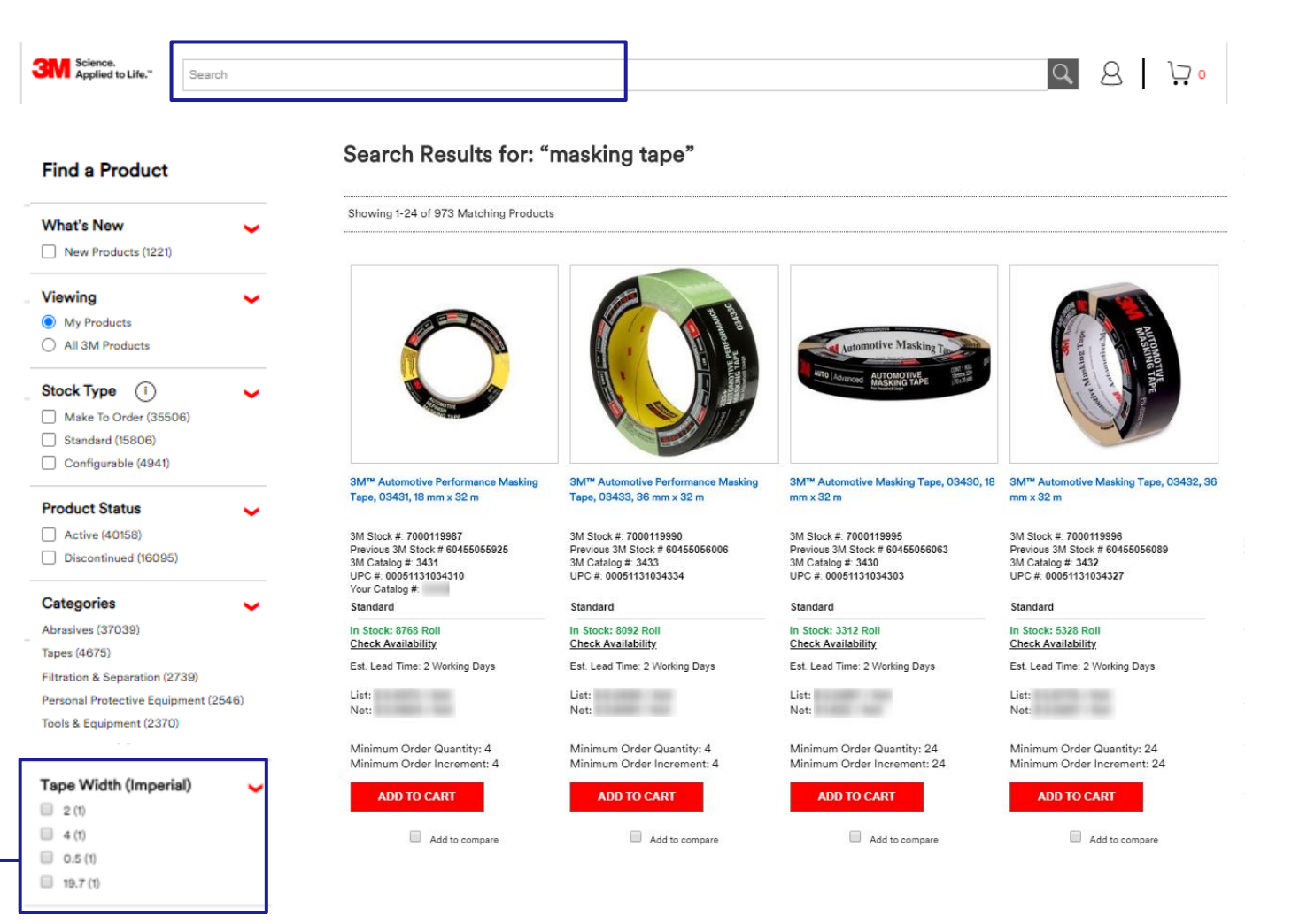
The main challenge was to independently the platform from 3M’s guidelines and build a more robust information architecture and user experience. It was necessary to reorganize the product catalog, implement an efficient filtering system, and restructure the categories so users could easily find the products they were looking for. Additionally, there was an opportunity to create data-driven personas to better understand the different types of users interacting with the platform.
To gain a deeper understanding of user needs and behaviors:
• I reviewed the existing bCom designs and analyzed why they were not performing optimally.
• I gathered real usage data, including navigation statistics, user feedback, and conducted interviews.
• I developed personas representing various user profiles, identifying their goals, frustrations, and motivations. These personas were built using real data, ensuring the design was tailored to actual needs.
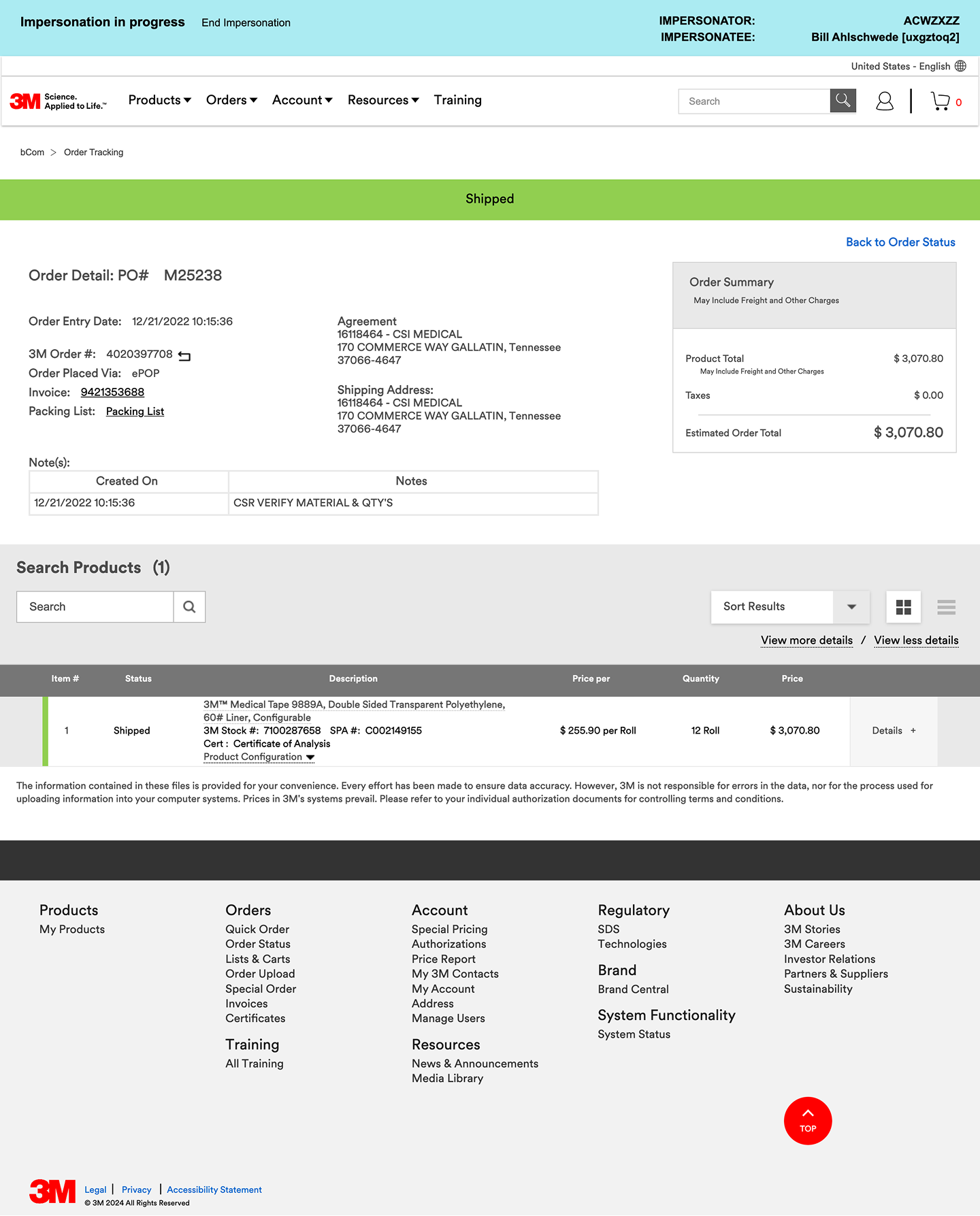
Changes and Final designs
Design Process
• Wireframes and Prototypes: I started from the existing bCom design and created new versions with clear navigation flows, prioritizing usability and product search efficiency.
• Creation of Filters and Categories: I implemented a new classification logic that makes it easier for users to locate products. Additionally, I introduced a filtering system that reduces search time and enhances the overall shopping experience.
• Iterations with Stakeholders and Users: I validated the design proposals with Solventum’s team and representative users from the defined personas. The feedback received helped refine interface details and content organization.
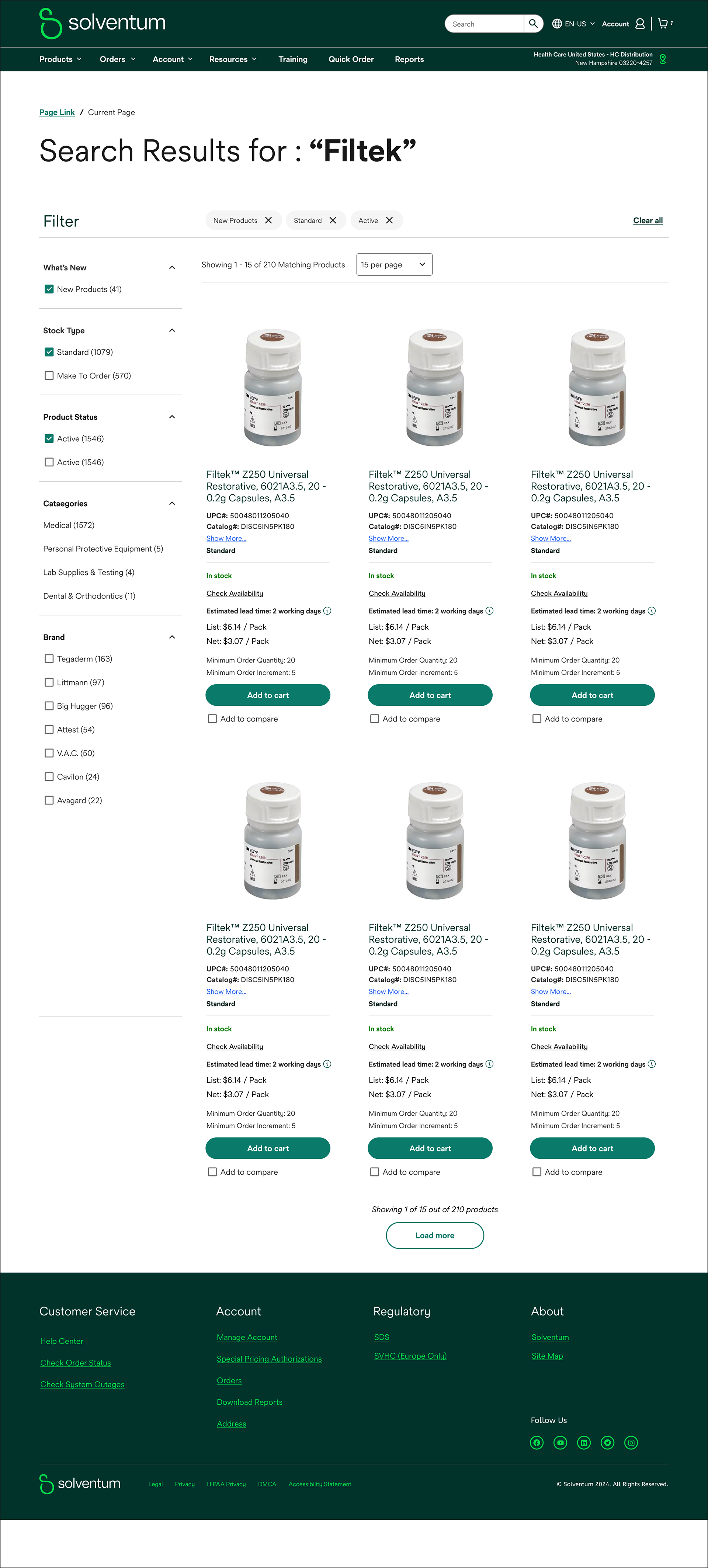
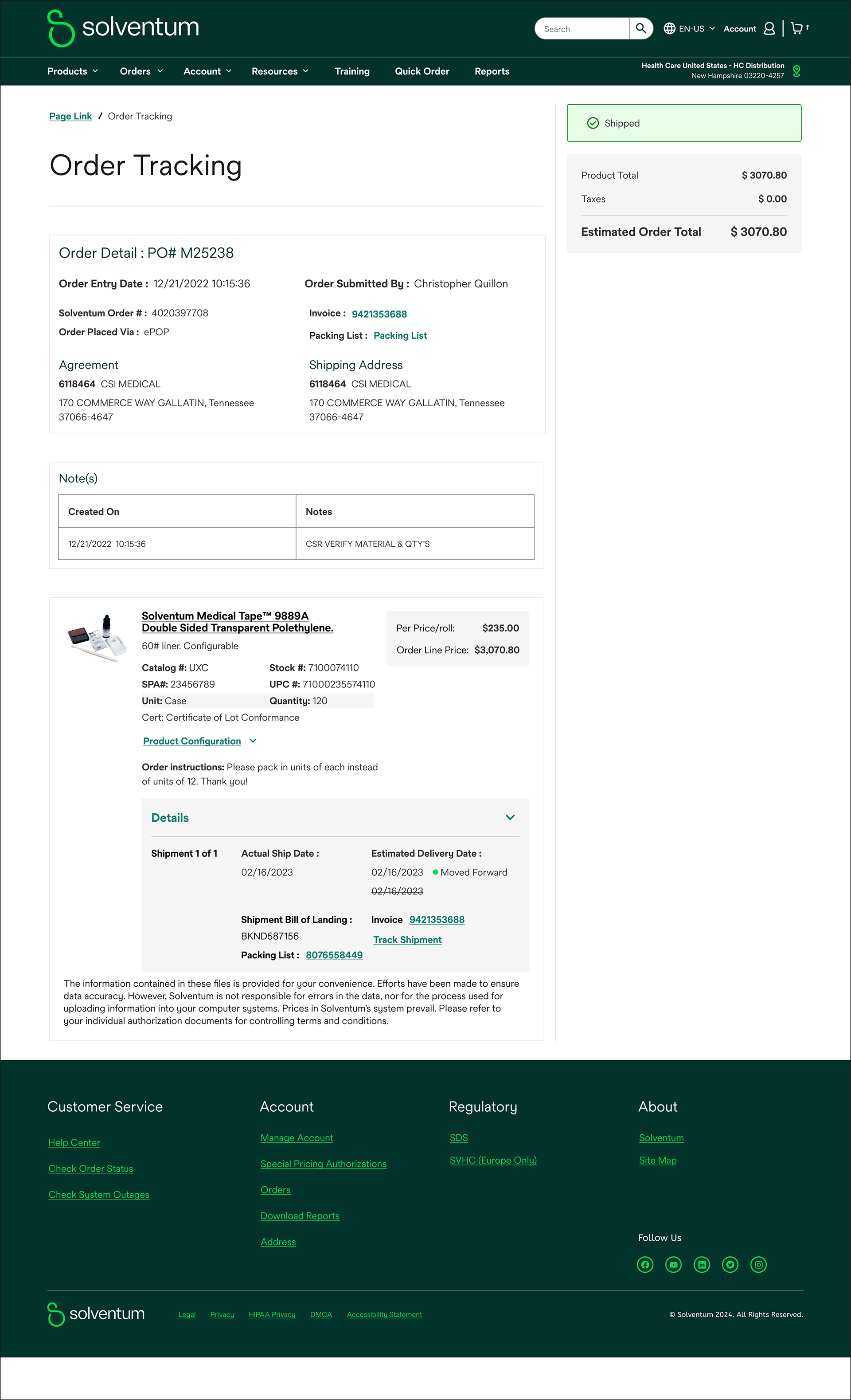
Project Results
The final solution resulted in a comprehensive redesign of the Partner Portal, featuring a modern look and optimized navigation. The key improvements included:
• A product page that clearly presents relevant information.
• An intuitive system of categories and filters that helps users quickly find what they need.
• A design that prioritizes user experience by reducing unnecessary complexity and steps.
Results and Impact
• Improved Usability: Users can now find and filter products more efficiently.
• Increased Customer Satisfaction: The redesign, based on real data and continuous validations, resulted in a smoother, more user-centered experience.
• Optimized Purchase Flow: Reducing friction in the product search and selection process contributed to improved conversion rates.
Conclusions and Lessons Learned
• The importance of designing based on real data rather than relying solely on inherited or assumed design patterns.
• The value of iterating and continuously validating design proposals with users and stakeholders to ensure adoption and satisfaction.
• How reorganizing information (through effective filters and categories) can significantly enhance usability and overall product experience.
